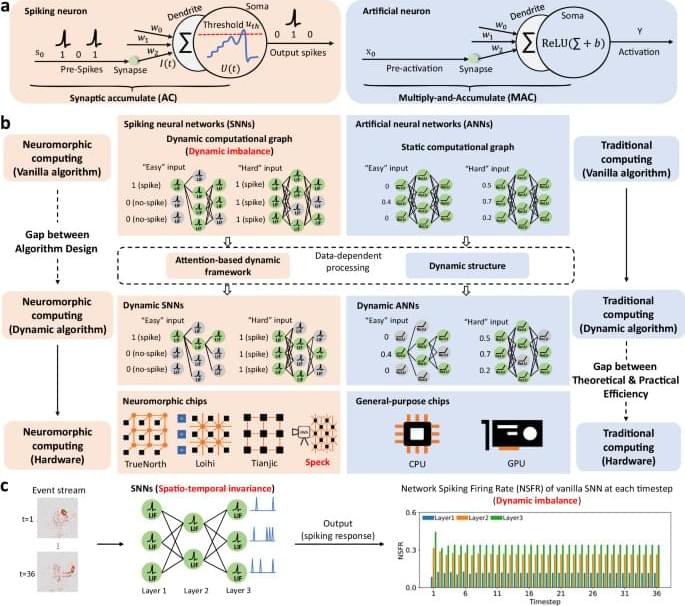As the AI video wars continue to wage with new, realistic video generating models being released on a near weekly basis, early leader Runway isn’t ceding any ground in terms of capabilities.


As Oumuamua leaves our solar system, we explore the reasons for continuing the chase.🔒Remove your personal information from the web at JoinDeleteMe.com/astrum and use code ASTRUM for 20% off 🙌
DeleteMe international Plans: https://international.joindeleteme.com.
A huge thanks to our Patreons who help make these videos possible. Sign-up here: https://bit.ly/4aiJZNF
Astrum Podcast: https://www.buzzsprout.com/2250635/share.
Displate Posters: https://astrumspace.info/Displates.
Astrum Merch! https://astrum-shop.fourthwall.com/
Join us on the Astrum discord: / discord.
SUBSCRIBE for more videos about space and astronomy.
Subscribe! http://goo.gl/WX4iMN
Facebook! http://goo.gl/uaOlWW
Twitter! http://goo.gl/VCfejs.
Astrum Spanish: / @astrumespanol.
Astrum Portuguese: / @astrumbrasil.
Credits.

From the article:
Sam Raskin has wrapped his head around a math problem so complex it took five academic studies — and more than 900 pages — to solve.
The results are a sweeping, game-changing math proof that was decades in the making.
Yale’s Sam Raskin has solved a major portion of a math question that could lead to a translation theory for some areas of math.

Researchers connecting pieces of the massive Alzheimer’s puzzle are closer to slotting the next one in place, with yet another link between our guts and brain.
Animal studies have demonstrated Alzheimer’s can be passed on to young mice through a transfer of gut microbes, confirming a link between the digestive system and the health of the brain.
A 2023 study adds further support to the theory that inflammation could be the mechanism through which this occurs.

Voyager 1 reconnected with Earth using a backup transmitter inactive for over 40 years.
NASA’s Voyager 1 probe, the most distant human-made object, briefly lost contact with Earth between Oct. 19 and Oct. 24 due to an unexpected shutdown of its main radio transmitter. This signal loss occurred after a command sent to power one of Voyager’s heaters unintentionally triggered the probe’s fault protection system. As a safeguard, the fault protection system automatically powers down non-essential functions when the spacecraft detects an overdraw of its power supply or other malfunctions. Engineers have since reestablished contact through Voyager 1’s backup S-band transmitter, which hadn’t been used since 1981.

Implementation described in the paper: https://arxiv.org/abs/2107.13704 — cvaisnor/conscious_turing_machine.

Richard Scolyer was fully engaged in the business of living when he suddenly received a death sentence. A person more alive would be hard to find. As an endurance athlete competing across the globe, he was in peak physical condition. As one of the world’s leading pathologists on melanoma whose pioneering research has saved thousands of lives, he was in demand. At 56, Prof Richard Scolyer was flying along. His life, he says, was “rich”. And then, on the morning of 20 May 2023, he found himself losing consciousness and convulsing on the floor in a hotel room in Poland, panicking and scared.
After this grand mal seizure, he went for an MRI scan at University hospital in Krakow. It found a mass in his temporal lobe. Scolyer knew immediately it had delivered very bad news.


